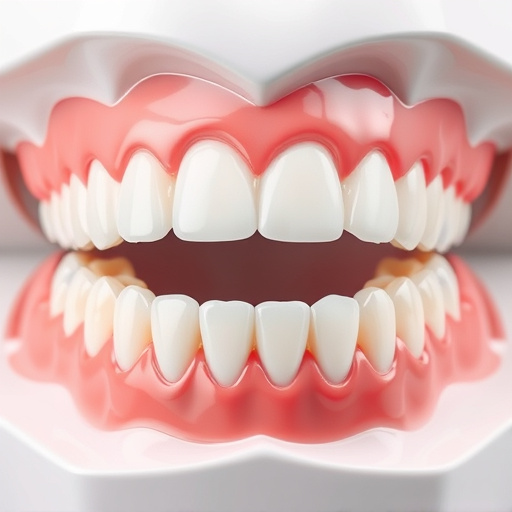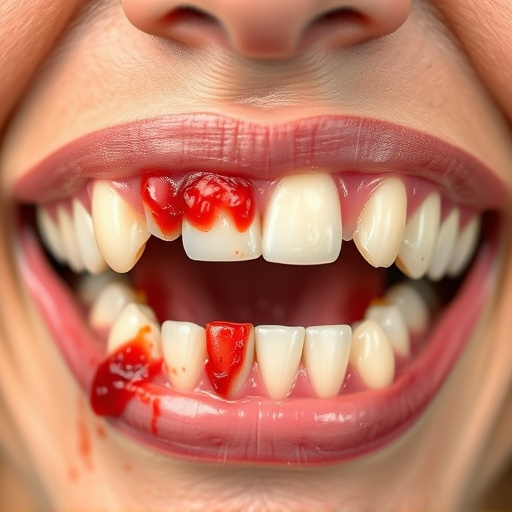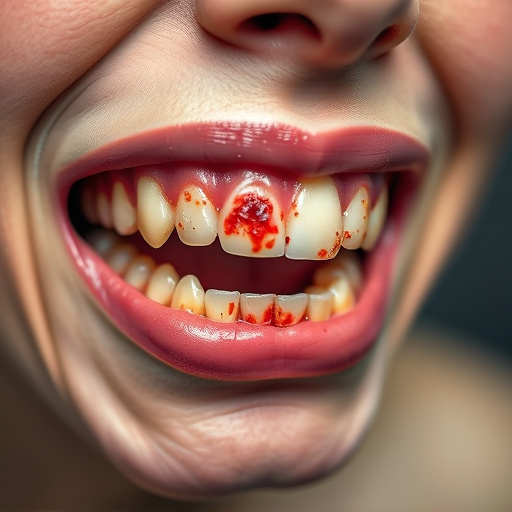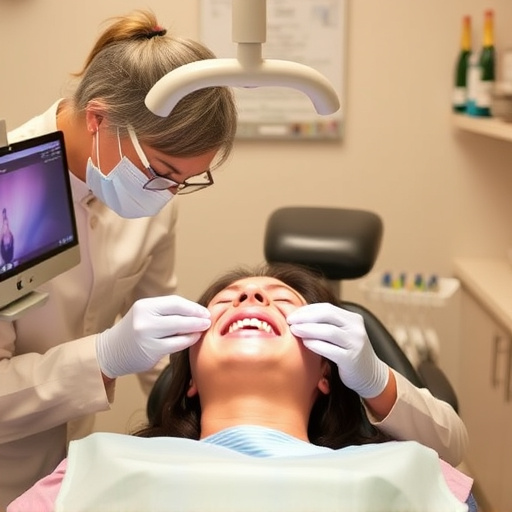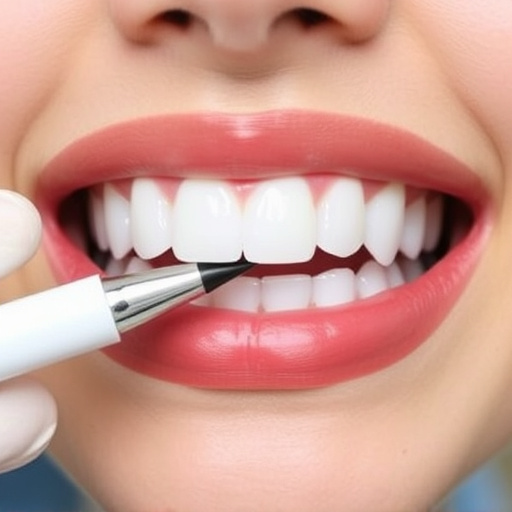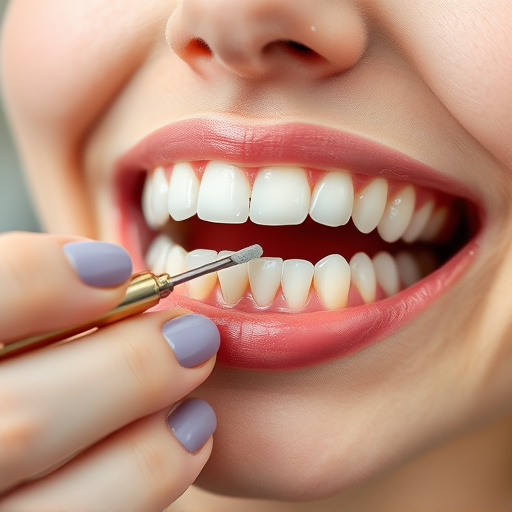A comprehensive dental exam is a detailed evaluation that goes beyond routine check-ups, examining every aspect of oral health. Dentists use tools like dental mirrors and X-rays to detect decay, gum disease, and structural issues in teeth, gums, and jawbones. Tailored for age and needs, these exams include checking tooth alignment, bite assessment, and growth-related concerns, offering solutions like fillings for minor decay. They are crucial for accurate treatment planning, enhancing care quality, and promoting long-term oral health management.
A comprehensive dental exam is an essential tool for ensuring accurate treatment planning. This detailed evaluation goes beyond a routine check-up, encompassing oral health history, clinical examinations, and advanced diagnostic technologies. By delving into every aspect of oral health, from gum disease to tooth decay and jaw alignment, dentists can make informed decisions tailored to each patient’s unique needs.
This article explores the critical components of a comprehensive dental exam and its profound impact on enhancing treatment accuracy.
- Understanding the Components of a Comprehensive Dental Exam
- The Impact of Accuracy in Dental Treatment Planning
- Best Practices for Conducting and Documenting Comprehensive Dental Exams
Understanding the Components of a Comprehensive Dental Exam
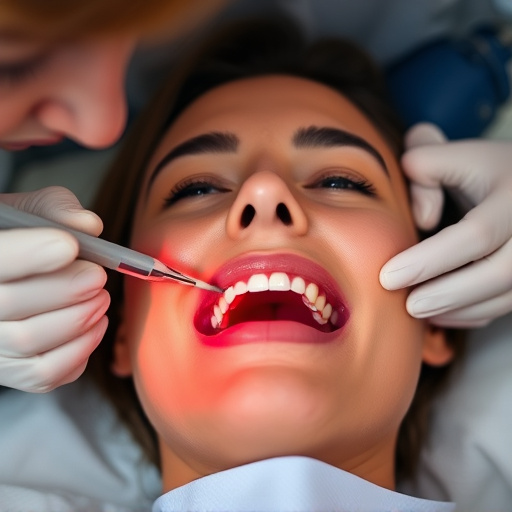
A comprehensive dental exam goes beyond a routine check-up; it’s an all-encompassing evaluation that involves multiple critical components. This meticulous process ensures every aspect of oral health is assessed, providing dentists with a clear picture to make accurate treatment decisions. The exam typically includes visual inspections using various tools, such as dental mirrors and X-rays, to examine teeth, gums, and the jawbone for any signs of decay, gum disease, or structural issues.
During this comprehensive assessment, dentists also consider cosmetic dentistry elements, especially when addressing aesthetic concerns. For children’s dentistry, the exam is tailored to young patients’ unique needs, focusing on proper oral development, early prevention of dental problems, and educating children about healthy habits. Key components include checking for tooth alignment, evaluating the bite, and assessing any growth-related issues. Additionally, dentists may assess the need for treatments like dental fillings, offering solutions for minor decay before it progresses.
The Impact of Accuracy in Dental Treatment Planning

Accuracy in dental treatment planning is paramount as it directly influences patient outcomes. A comprehensive dental exam forms the cornerstone of precise treatment strategies, enabling dentists to make informed decisions about procedures like dental fillings or complex reconstructions requiring dental crowns. This meticulous evaluation encompasses not just the visible aspects but also delves into the oral cavity’s intricate anatomy, identifying potential issues that might impact treatment success.
Beyond ensuring robust treatment results, accuracy cultivates patient trust and satisfaction. General dentistry practitioners armed with detailed insights from comprehensive dental exams can tailor solutions to individual needs, fostering a collaborative environment where patients feel heard and understood. This personalized approach not only enhances the quality of care but also promotes long-term oral health management.
Best Practices for Conducting and Documenting Comprehensive Dental Exams
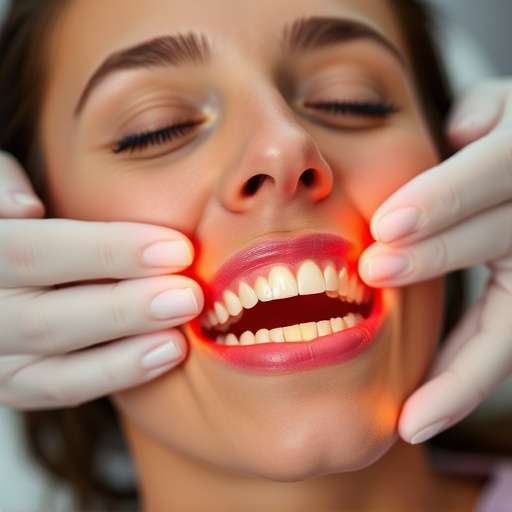
Conducting a comprehensive dental exam is an art that combines meticulous skill and thorough documentation for optimal treatment accuracy. Best practices commence with a patient-centric approach, fostering open communication to understand their medical history and concerns. This foundation enables dentists to tailor their examination, ensuring every aspect of oral health is explored. Visual aids, such as X-rays and intraoral cameras, play a pivotal role in identifying issues not immediately apparent during a visual inspection, thereby enhancing diagnostic accuracy.
Documentation is equally vital, serving as a roadmap for treatment planning. Detailed notes on the exam findings, including decay, gum disease, tooth wear, and any other relevant observations, should be meticulously recorded. Integrating these records into the patient’s medical history facilitates informed decision-making, especially when considering restorative dentistry or preventive measures like tooth repair and gum disease management, ultimately leading to better overall health outcomes.
A comprehensive dental exam is not just a routine check-up; it’s a crucial tool that enhances treatment accuracy, ensuring optimal oral health outcomes. By meticulously understanding and implementing best practices for conducting these exams, dentists can significantly impact treatment planning, lead to better patient care, and ultimately improve overall dental health in their practice. This detailed approach, including assessing all aspects of oral health, is essential for precise diagnoses and effective, tailored treatments.



